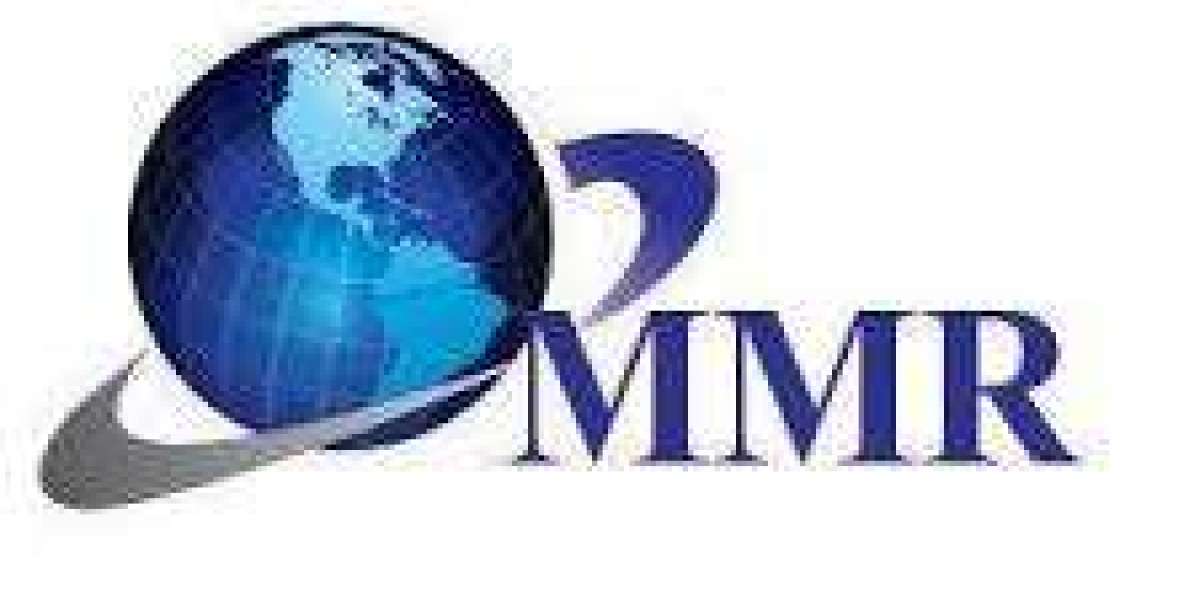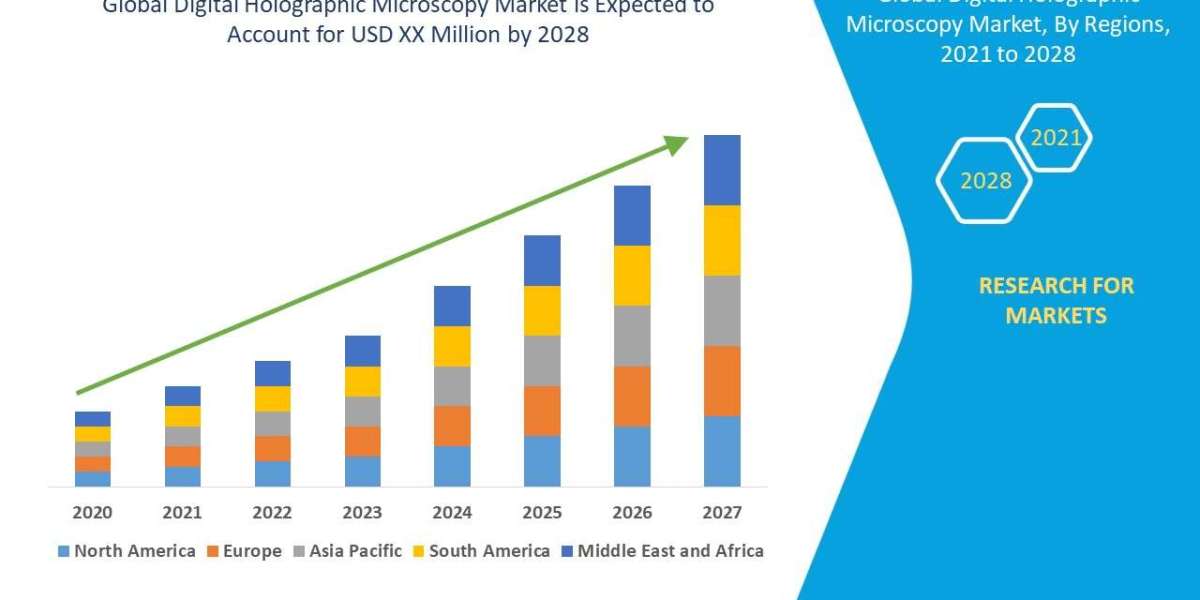In today's competitive business landscape, mastering demand generation is crucial for sustainable growth. Demand generation encompasses all the activities aimed at creating awareness and interest in your products or services. However, to effectively manage and optimize these efforts, especially with the advancements in marketing technology, it's essential to understand and track the right metrics. Here’s a comprehensive guide to mastering demand generation metrics for driving business growth.
Understanding Demand Generation
Demand generation is a strategic approach focused on driving awareness and interest in a company's offerings. It integrates various marketing tactics, including content marketing, social media, email campaigns, and events, to create a cohesive strategy that attracts and engages potential customers.
Key Metrics to Track
To ensure your demand generation efforts are effective, you need to monitor and analyze specific metrics. Here are the critical metrics that can help you measure success and optimize your strategies:
1. Lead Volume
Lead volume refers to the number of leads generated over a specific period. Tracking this metric helps you understand the reach and effectiveness of your campaigns. A consistent increase in lead volume indicates that your strategies are resonating with your target audience.
2. Lead Quality
While quantity is important, the quality of leads is crucial for conversion. Metrics such as lead-to-customer conversion rate, average deal size, and the time it takes for a lead to move through the sales funnel help assess lead quality. High-quality leads are more likely to convert and generate higher revenue.
3. Cost Per Lead (CPL)
CPL measures the total cost invested in generating a single lead. By analyzing CPL, you can determine the cost-effectiveness of your marketing campaigns. Lowering your CPL without compromising lead quality can significantly improve your return on investment (ROI).
4. Conversion Rate
The conversion rate tracks the percentage of leads that take a desired action, such as filling out a form or making a purchase. High conversion rates indicate that your messaging and offers are compelling and effectively driving desired actions from your audience.
5. Customer Acquisition Cost (CAC)
CAC measures the total cost of acquiring a new customer. This includes marketing and sales expenses. By comparing CAC to the lifetime value (LTV) of a customer, you can gauge the profitability of your demand generation efforts. A lower CAC relative to LTV suggests a healthy return on your marketing investments.
6. Sales Cycle Length
The sales cycle length measures the time it takes for a lead to become a customer. A shorter sales cycle often indicates that your marketing and sales processes are efficient. By analyzing this metric, you can identify bottlenecks and areas for improvement in your sales funnel.
7. Marketing Qualified Leads (MQLs) and Sales Qualified Leads (SQLs)
MQLs are leads that have shown interest through marketing efforts, while SQLs are leads deemed ready for direct sales engagement. Tracking the ratio and transition from MQLs to SQLs helps align your marketing and sales teams, ensuring a smooth lead handoff and higher conversion rates.
Optimizing Demand Generation Strategies
Once you have a clear understanding of these metrics, the next step is to optimize your demand generation strategies. Here are some tips to help you improve your metrics and drive business growth:
1. Refine Your Targeting
Ensure that your marketing efforts are reaching the right audience. Use data and analytics to identify and segment your ideal customers. Tailor your messaging and offers to meet their specific needs and pain points.
2. Enhance Content Quality
High-quality, relevant content is key to attracting and engaging your audience. Focus on creating valuable content that addresses your audience's challenges and positions your brand as a trusted resource.
3. Leverage Multi-Channel Marketing
Diversify your marketing efforts across various channels, such as social media, email, webinars, and paid advertising. This helps maximize your reach and ensures that you're engaging with potential customers wherever they are.
4. Implement Marketing Automation
Marketing automation tools can streamline your processes and improve efficiency. They allow you to nurture leads through personalized and timely communication, increasing the likelihood of conversion.
5. Continuous Testing and Optimization
Regularly analyze your metrics and conduct A/B testing to determine what works best. Use insights from your data to refine your strategies and make informed decisions.
Conclusion
Mastering demand generation metrics is essential for driving business growth. By tracking and analyzing key metrics such as lead volume, lead quality, CPL, conversion rates, CAC, sales cycle length, and the transition from MQLs to SQLs, you can optimize your marketing efforts and achieve better results. Focus on refining your targeting, enhancing content quality, leveraging multi-channel marketing, implementing automation, and continuously testing and optimizing your strategies. With a data-driven approach to demand generation, you can create sustainable growth and long-term success for your business. For more insights and detailed guides on demand generation and other critical marketing strategies, consider following a reputable B2B tech publication. These publications often provide the latest trends, case studies, and expert advice that can help you stay ahead in the ever-evolving marketing landscape.







